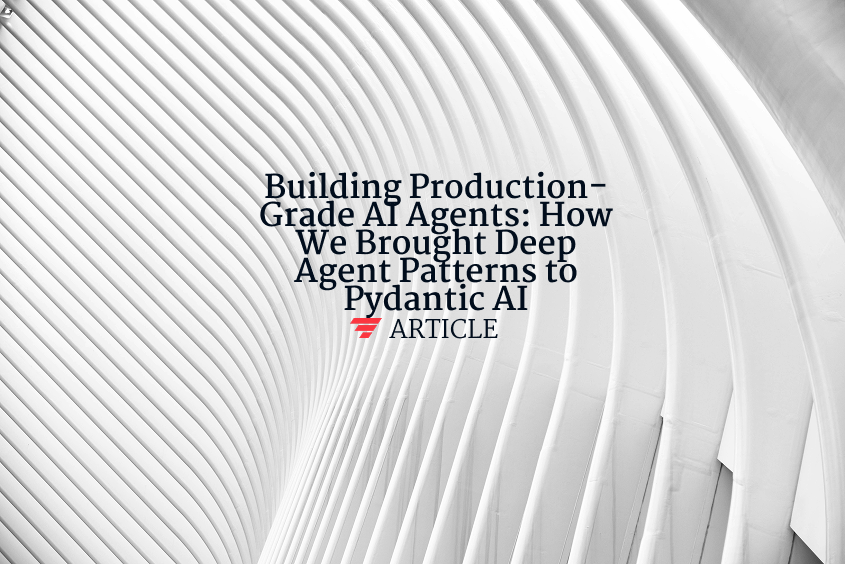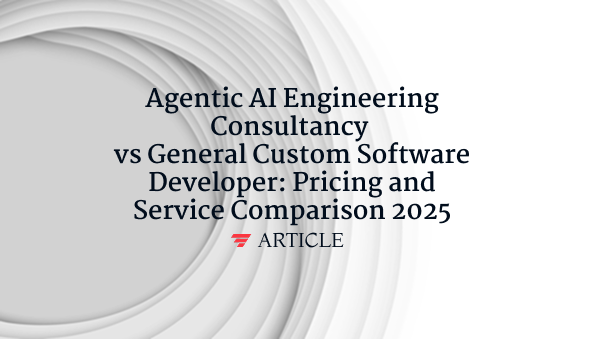Machine Learning
Machine Learning is the field of artificial intelligence that enables computers to learn patterns from data and make predictions or decisions without being explicitly programmed. A model ingests labeled (supervised) or unlabeled (unsupervised) examples, transforms them into numerical features, and iteratively adjusts its parameters to minimize error on a loss function. Algorithms range from linear regression and decision trees to ensemble methods and neural networks. Key workflow stages include data collection, preprocessing, model training, validation, and deployment, all monitored with metrics such as accuracy, mean-squared error, and ROC-AUC. Modern pipelines use frameworks like scikit-learn, PyTorch, or TensorFlow, and MLOps practices ensure reproducibility, version control, and continuous integration. Applications span fraud detection, recommendation engines, predictive maintenance, and conversational AI. Challenges involve data quality, bias, overfitting, and model drift, mitigated by cross-validation, regularization, and ongoing monitoring. By turning historical data into actionable insights, Machine Learning drives smarter products and operational efficiencies across industries.
Want to learn how these AI concepts work in practice?
Understanding AI is one thing. Explore how we apply these AI principles to build scalable, agentic workflows that deliver real ROI and value for organizations.



